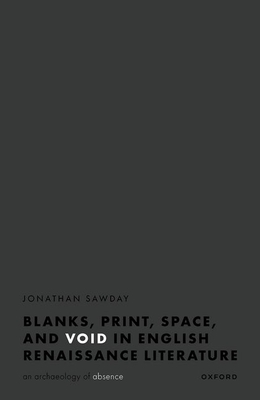Blanks, Print, Space, and Void in English Renaissance Literature: An Archaeology of Absence

Blanks, Print, Space, and Void in English Renaissance Literature: An Archaeology of Absence
Shakespeare, Donne, Jonson, and Milton, for example - as well as introducing readers to a host of lesser-known figures. The book also discusses the work of numerous women writers from the period, including Aphra Behn, Ann Bradstreet, Margaret Cavendish, Lady Jane Gray, Lucy Hutchinson, melia Lanyer, Isabella Whitney, and Lady Mary Wroth.
PRP: 461.29 Lei
Acesta este Prețul Recomandat de Producător. Prețul de vânzare al produsului este afișat mai jos.
369.03Lei
369.03Lei
461.29 LeiLivrare in 2-4 saptamani
Descrierea produsului
Shakespeare, Donne, Jonson, and Milton, for example - as well as introducing readers to a host of lesser-known figures. The book also discusses the work of numerous women writers from the period, including Aphra Behn, Ann Bradstreet, Margaret Cavendish, Lady Jane Gray, Lucy Hutchinson, melia Lanyer, Isabella Whitney, and Lady Mary Wroth.
Detaliile produsului









